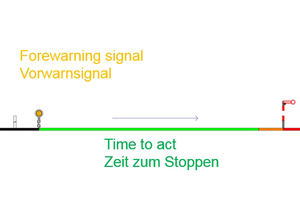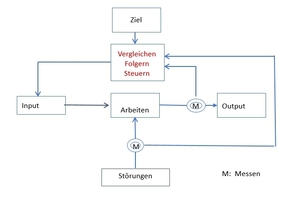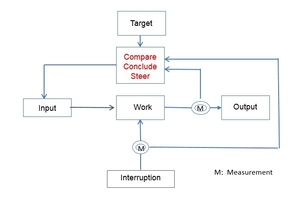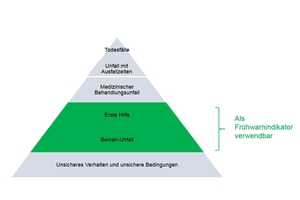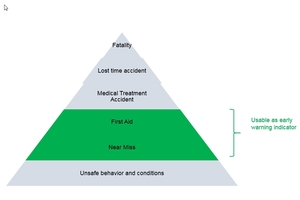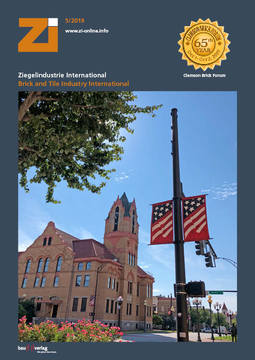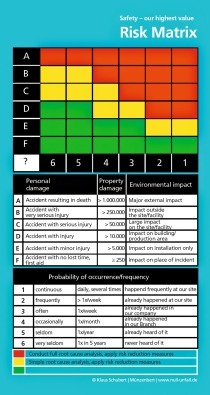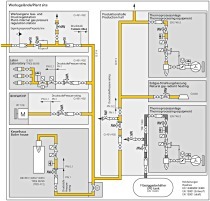Leading safety with numbers
Currently in occupational safety, mainly lagging indicators are used, such as LTIFR (Lost Time Injury Frequency Rate), which means measuring something negative, namely the absence of safety. These indicators are based on a high number of working hours, do not support benchmarking and give little clue to root causes. It would be better to work with leading indicators that help to predict incidents and find causes. First-aid cases and near misses could be such indicators, leading to preventive action.
1 The challenge
All companies explicitly or implicitly promise all their employees a work environment free of harm as part of the employment contract so that they leave their workplace as healthy as they had arrived at it. This makes safety at work a management obligation.
Peter Drucker, one of the great management thinkers in the last century, stated back in 1954: “The first task of top management of a business enterprise is to develop clear concepts and usable measurements” [1]. Today, there are a series of clear concepts for safety at work, among them “Vision Zero” [2], developed by ISSA...

